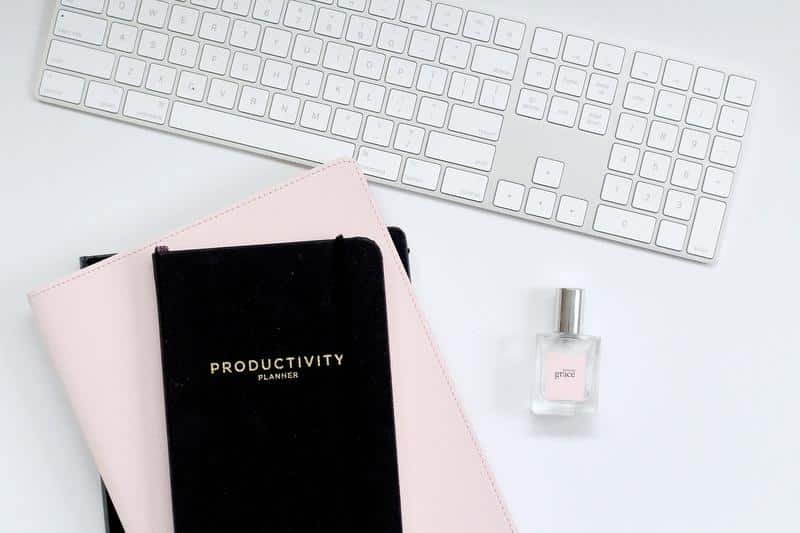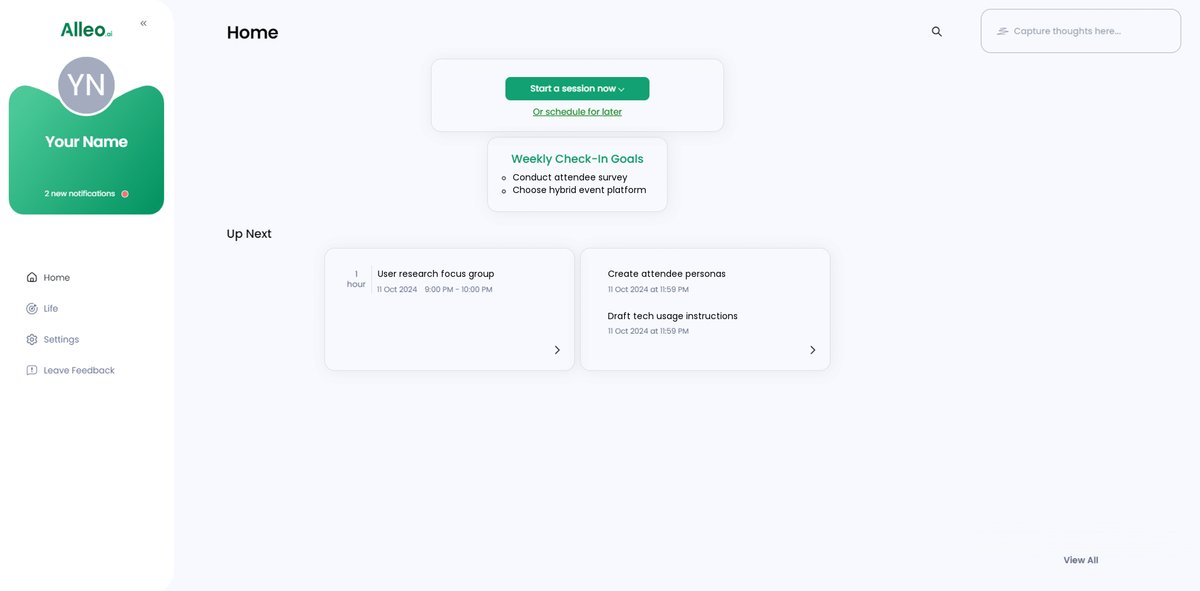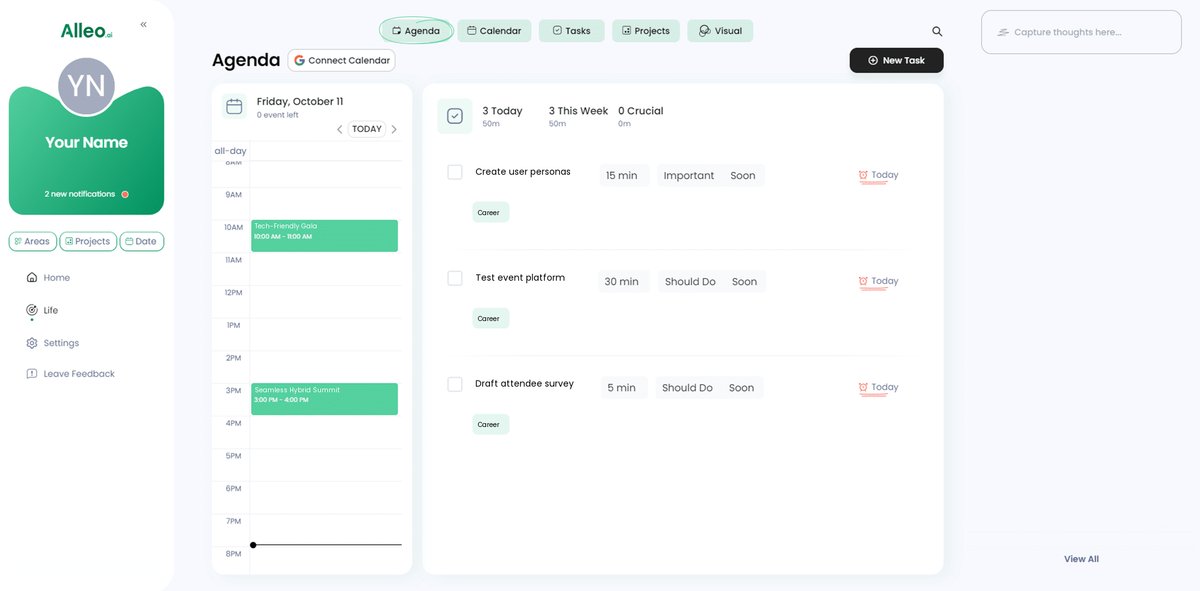4 Best Practices for Event Organizers: Balancing Tech Features and User Experience
Imagine hosting an event where technology enhances every moment, yet remains effortlessly user-friendly for all attendees. This is the essence of achieving an event tech user experience balance.
As a coach for event planners, I’ve seen firsthand the challenges of integrating cutting-edge tech features while maintaining a seamless user experience. It’s a delicate balance that requires thoughtful planning and execution, especially when considering event planning technology and user-friendly event platforms.
In this article, you’ll discover strategies to effectively incorporate technology without alienating any attendees, regardless of their tech-savviness. We’ll explore attendee engagement strategies and virtual event best practices that ensure a streamlined registration process and interactive event features.
Let’s dive into the world of event tech user experience balance and hybrid event management.

Understanding the Challenges of Tech Integration
Balancing technology with user experience in event planning is no small feat. I’ve seen many clients initially struggle with ensuring their events cater to all attendees, highlighting the importance of event tech user experience balance.
You might face diverse needs, especially when considering age and tech-savviness. Older attendees may find advanced features of user-friendly event platforms daunting, while younger participants expect cutting-edge tech and interactive event features.
Poorly balanced tech integration can seriously impact event success. Frustrated attendees often disengage, leading to lower satisfaction and poor feedback. This underscores the need for effective attendee engagement strategies and virtual event best practices.
Event planners need to address these challenges head-on. By understanding these pain points, you can create an experience that delights everyone, focusing on event tech user experience balance and accessibility in event technology.

Key Strategies for Balancing Event Tech User Experience
Overcoming this challenge of event tech user experience balance requires a few key steps. Here are the main areas to focus on to make progress in event planning technology.
- Conduct User Research for Diverse Attendees: Understand your audience’s tech preferences and pain points to create user-friendly event platforms.
- Implement Hybrid Event with Seamless Integration: Combine virtual and in-person elements smoothly, following virtual event best practices.
- Use Intuitive Interfaces for Tech Features: Opt for user-friendly technology with customizable options, focusing on streamlined registration processes and event app design.
- Test and Iterate Based on Attendee Feedback: Continuously improve through feedback and testing, utilizing event data analytics for enhanced attendee engagement strategies.
Let’s dive into these strategies for balancing event tech user experience!
1: Conduct user research for diverse attendees
Understanding your audience’s preferences and pain points is crucial for integrating technology effectively and achieving an event tech user experience balance.
Actionable Steps:
- Conduct surveys and interviews with a representative sample of your expected attendees to inform event planning technology decisions.
- Create user personas to represent different attendee types and guide tech integration decisions for user-friendly event platforms.
- Host focus groups to gather in-depth insights from your audience on interactive event features and accessibility in event technology.
Explanation:
These steps matter because they help you tailor the event to meet diverse needs, ensuring no attendee feels alienated by the technology. By creating detailed user personas and collecting feedback through surveys and focus groups, you can make informed decisions that enhance the overall event tech user experience balance.
This approach aligns with current industry trends in data-driven event planning and user-centric design, including virtual event best practices.
Key benefits of conducting user research include:
- Improved attendee satisfaction and engagement through streamlined registration processes
- More targeted and effective tech integration for hybrid event management
- Reduced risk of alienating certain audience segments by implementing attendee engagement strategies
Understanding your audience is the first step in creating a balanced event experience, leveraging event data analytics to inform your decisions.

2: Implement hybrid event with seamless integration
Ensuring a smooth integration between in-person and virtual elements is crucial for a successful hybrid event, focusing on event tech user experience balance.
Actionable Steps:
- Choose a robust platform that supports both in-person and virtual interactions. Make sure it offers reliable connectivity and interactive event features.
- Designate specific roles for managing both virtual and physical attendees. Track engagement and satisfaction across both mediums using event data analytics.
- Offer virtual networking lounges and breakout rooms. Facilitate meaningful interactions for remote participants through user-friendly event platforms.
Explanation:
These steps matter because they ensure an inclusive and engaging experience for all attendees. By selecting a reliable platform and assigning dedicated roles, you can maintain high engagement and satisfaction in hybrid event management.
Offering virtual networking spaces allows remote participants to connect meaningfully. This approach aligns with current industry trends, as discussed in recent studies on hybrid events and virtual event best practices.
Implementing these strategies helps create a seamless hybrid event experience, balancing event tech user experience for both in-person and virtual attendees.
Transitioning to the next strategy, let’s explore how to use intuitive interfaces for tech features in event planning technology.

3: Use intuitive interfaces for tech features
Using intuitive interfaces for tech features is vital for ensuring all attendees can easily navigate and enjoy your event, striking the right event tech user experience balance.
Actionable Steps:
- Choose user-friendly event platforms with customizable widgets and layouts. Test their ease of use with a sample group of attendees.
- Provide clear instructions and tutorials for using tech features. Monitor attendee feedback on ease of understanding and usage to improve virtual event best practices.
- Utilize tools like Experience Builder for creating intuitive web applications. Ensure the interfaces are accessible in event technology for all attendees, regardless of tech proficiency.
Explanation:
These steps matter because they help create a seamless technology experience for attendees of all tech-savviness levels. By selecting user-friendly event platforms and providing clear instructions, you can ensure everyone feels comfortable using the tech features, enhancing overall event tech user experience balance.
This approach aligns with current industry trends in intuitive interface design and user-centered technology solutions.
Key elements of an intuitive interface include:
- Clear navigation and logical layout for streamlined registration process
- Consistent design across all interactive event features
- Responsive and adaptive design for various devices, crucial for hybrid event management
Transitioning to the next strategy, let’s explore how to test and iterate based on attendee feedback and event data analytics.

4: Test and iterate based on attendee feedback
Gathering and acting on attendee feedback is vital for continuously improving your event’s tech integration and achieving the right event tech user experience balance.
Actionable Steps:
- Conduct thorough rehearsals and dry runs to identify potential issues in event planning technology. Resolve identified technical issues before the event.
- Collect real-time feedback during the event through surveys and polls on user-friendly event platforms. Make adjustments as needed to improve attendee engagement strategies.
- Analyze post-event feedback to identify areas for improvement in virtual event best practices. Use insights to refine future events and technology implementations.
Explanation:
These steps matter because they enable you to refine your event’s technology features and enhance overall attendee satisfaction. By addressing issues in rehearsals and collecting real-time feedback, you can make timely adjustments to maintain the event tech user experience balance.
Analyzing post-event feedback ensures continuous improvement in hybrid event management. This approach aligns with industry best practices, as highlighted in hybrid event studies.
Regular iteration based on feedback keeps your events relevant and engaging, focusing on interactive event features and accessibility in event technology.
Effective feedback collection methods include:
- In-app surveys and quick polls through event app design
- Post-event email questionnaires to evaluate the streamlined registration process
- Social media listening and sentiment analysis for event data analytics
Let’s now explore how Alleo can assist in achieving these goals.

Partner with Alleo for Seamless Event Tech Integration
We’ve explored the challenges of balancing event tech user experience in event planning. Did you know you can work directly with Alleo to make this process smoother and faster for streamlined registration processes and user-friendly event platforms?
Setting up an account with Alleo is simple. First, create a personalized plan tailored to your event’s needs, focusing on attendee engagement strategies and interactive event features.
Alleo’s AI coach provides affordable, tailored support for this specific problem of event tech user experience balance. You’ll get full coaching sessions, just like with a human coach, covering virtual event best practices and hybrid event management.
Start with a free 14-day trial, no credit card required. Alleo’s coach will follow up on your progress, handle changes, and keep you accountable via text and push notifications, helping you optimize event planning technology and event app design.
Ready to get started for free? Let me show you how to enhance your event tech user experience balance!
Step 1: Logging in or Creating an Account
To get started with Alleo’s AI coach for seamless event tech integration, simply Log in to your account or create a new one to begin your 14-day free trial.

Step 2: Choose “Building better habits and routines”
Select “Building better habits and routines” to develop consistent practices for seamlessly integrating technology into your events, ensuring a smooth experience for all attendees regardless of their tech-savviness.

Step 3: Select “Career” as Your Focus Area
Choose “Career” as your focus area to optimize your event planning skills and tackle technology integration challenges head-on, aligning perfectly with the article’s emphasis on balancing tech features and user experience in events.

Step 4: Starting a coaching session
Begin your journey with Alleo by scheduling an intake session, where you’ll discuss your event planning goals and create a personalized tech integration strategy tailored to your specific needs.

Step 5: Viewing and managing goals after the session
After your coaching session, check the Alleo app’s home page to view and manage the goals you discussed, ensuring you stay on track with implementing tech features that enhance user experience at your events.

Step 6: Adding events to your calendar or app
Use the AI coach’s calendar and task features to easily add your event planning milestones and deadlines, allowing you to track your progress in solving tech integration challenges and stay on top of your event timeline.

Wrapping Up: Achieving the Perfect Tech Balance
We’ve explored how to seamlessly blend technology with user experience in your events. Remember, the goal is to enhance, not overwhelm, when striving for event tech user experience balance.
By conducting user research, you’ll understand your audience’s needs. Implementing hybrid events ensures inclusivity and improves hybrid event management.
Using intuitive interfaces makes tech features accessible, enhancing user-friendly event platforms. Testing and iterating based on feedback keeps improvement ongoing, utilizing event data analytics.
Balancing tech features can be challenging, but you’re not alone. With Alleo’s support, you’ll master this event tech user experience balance and optimize attendee engagement strategies.
Ready to transform your event planning technology? Try Alleo for free today. You’ll see the difference it makes in achieving the perfect event tech user experience balance.